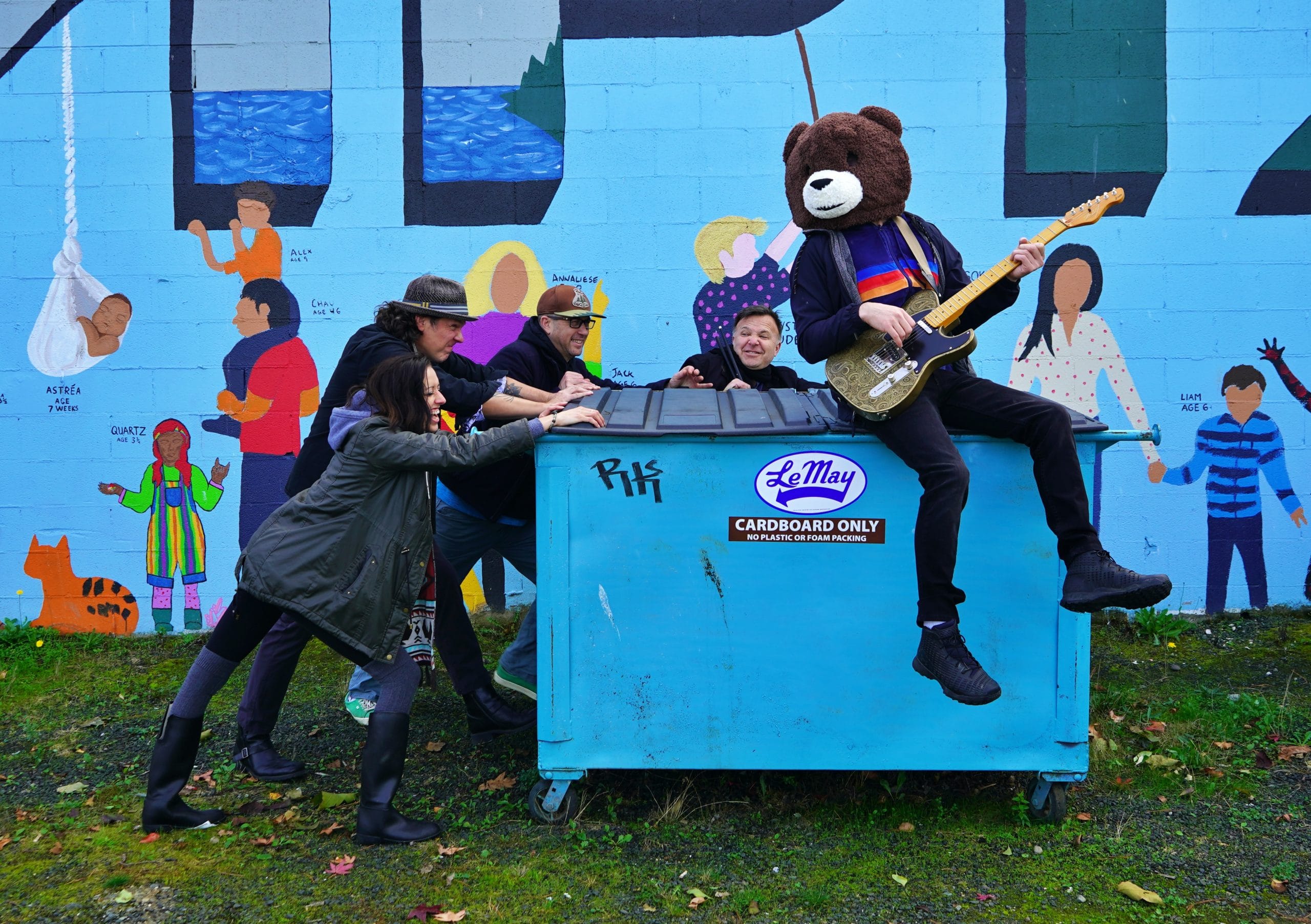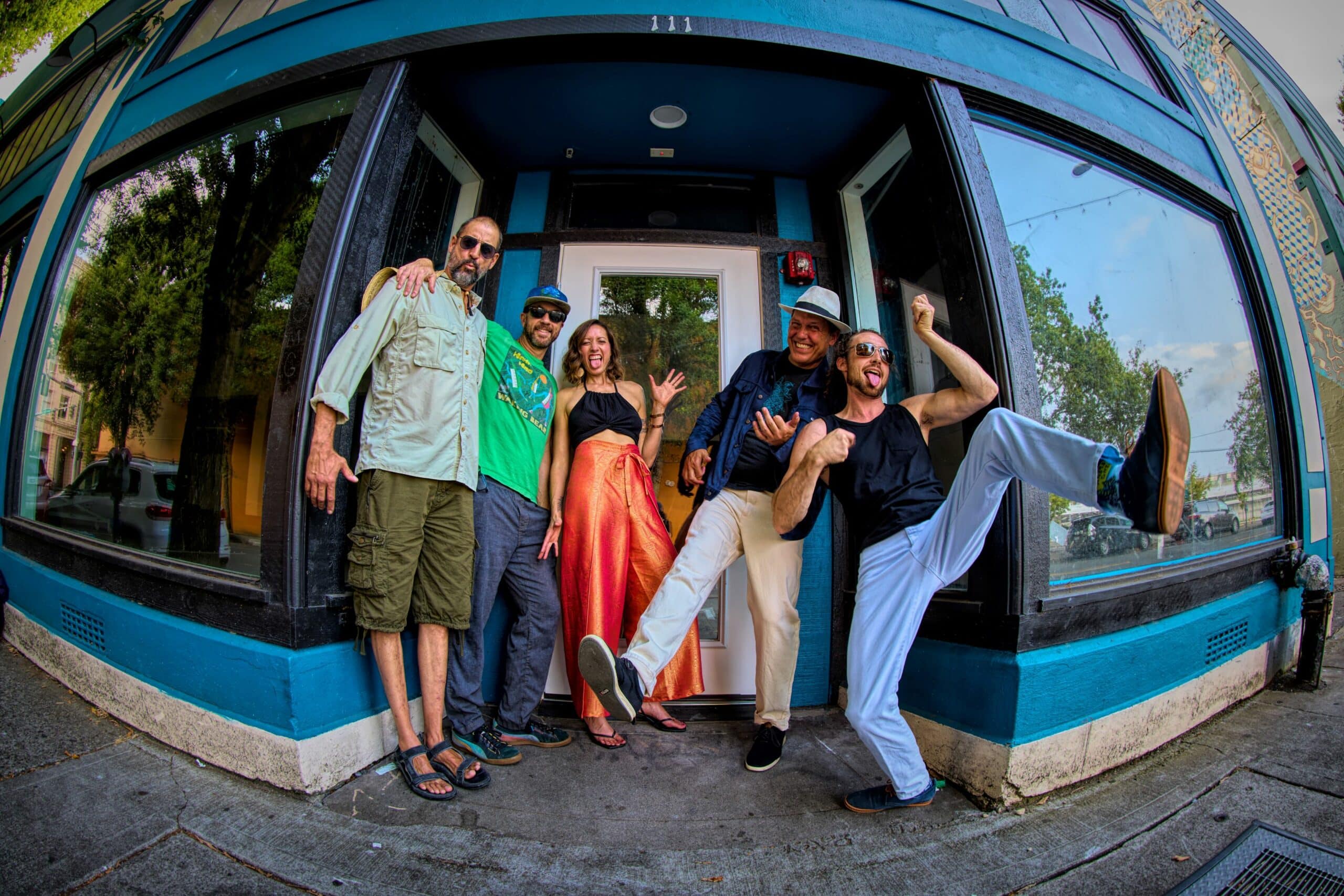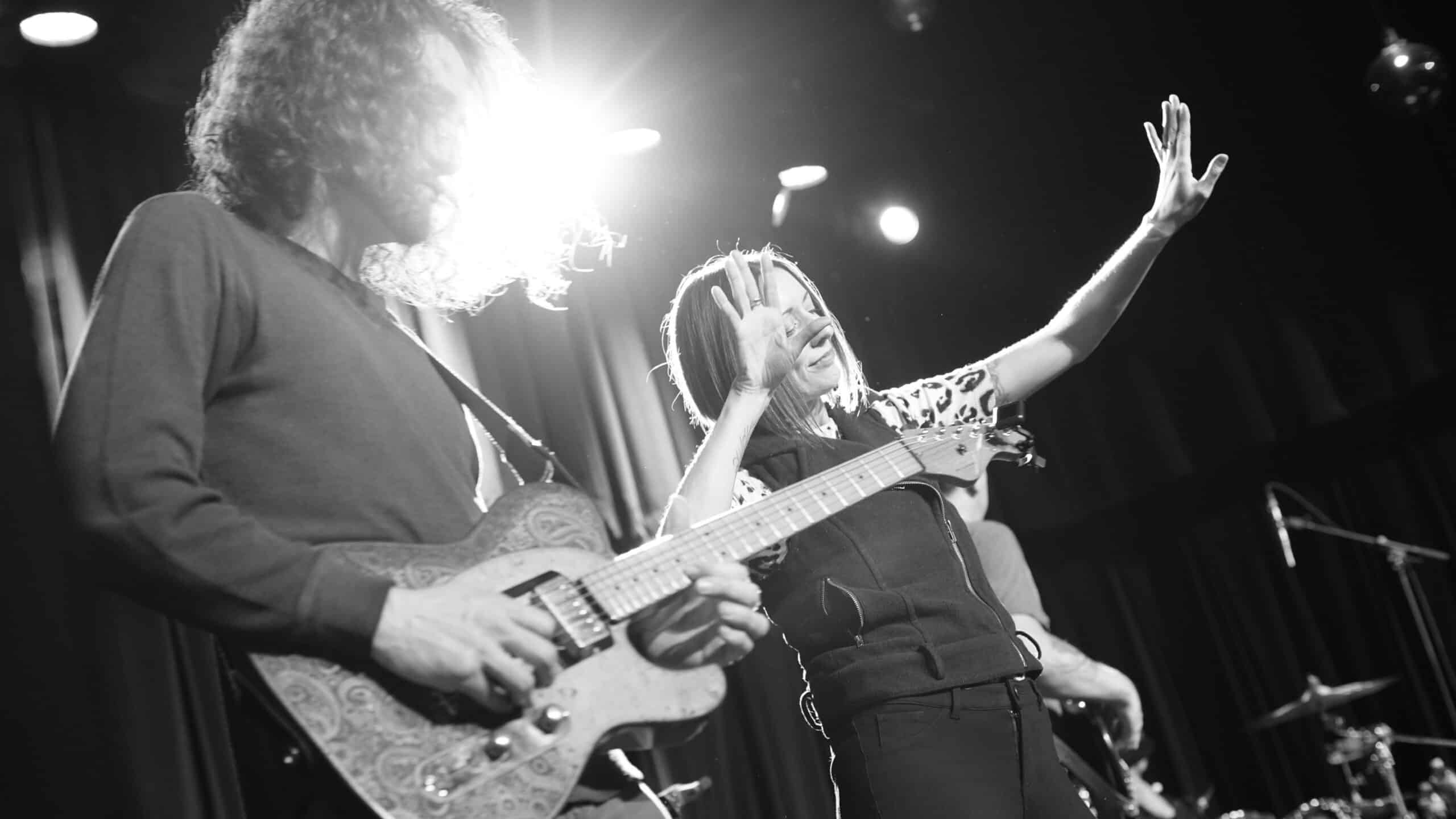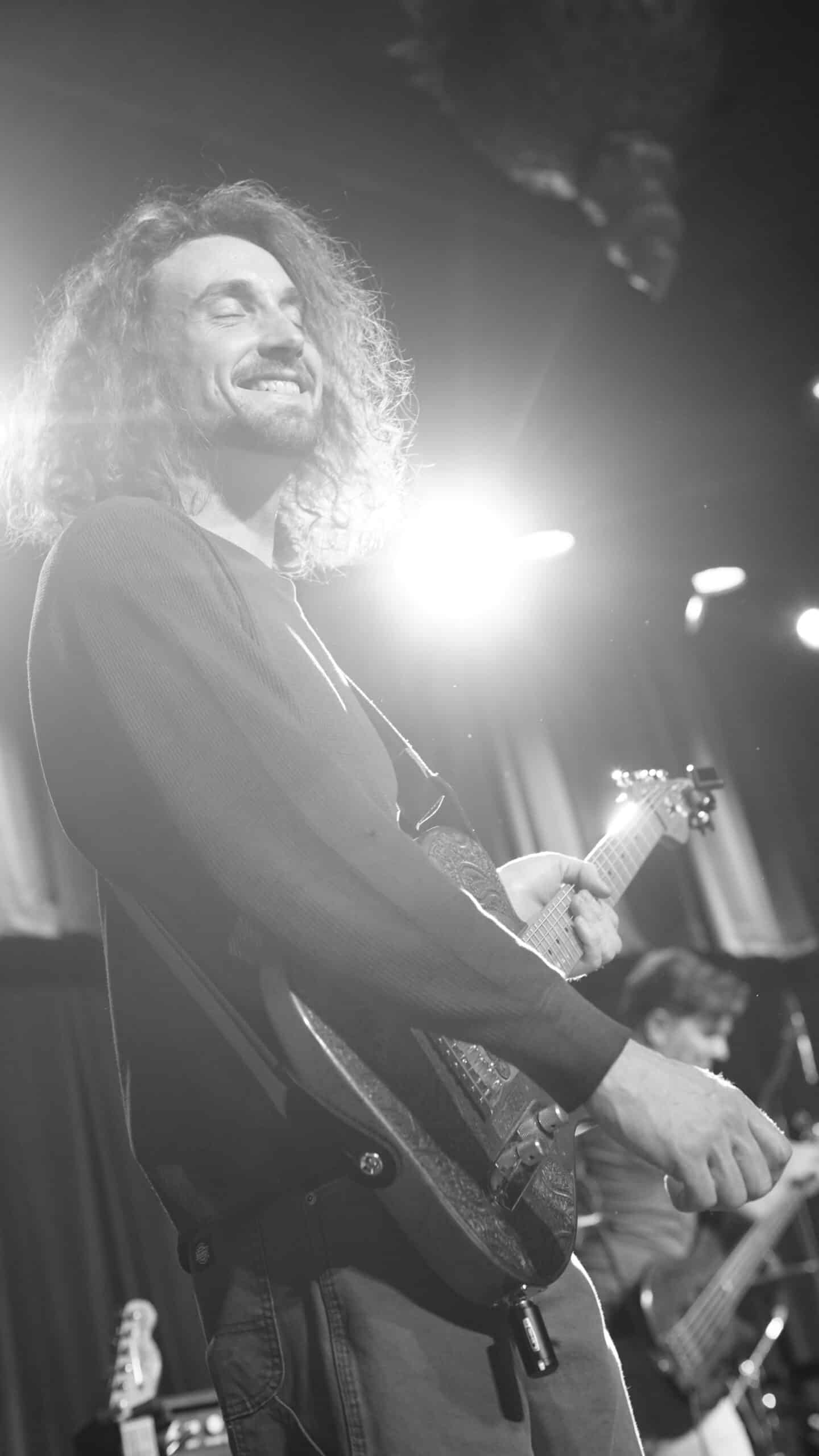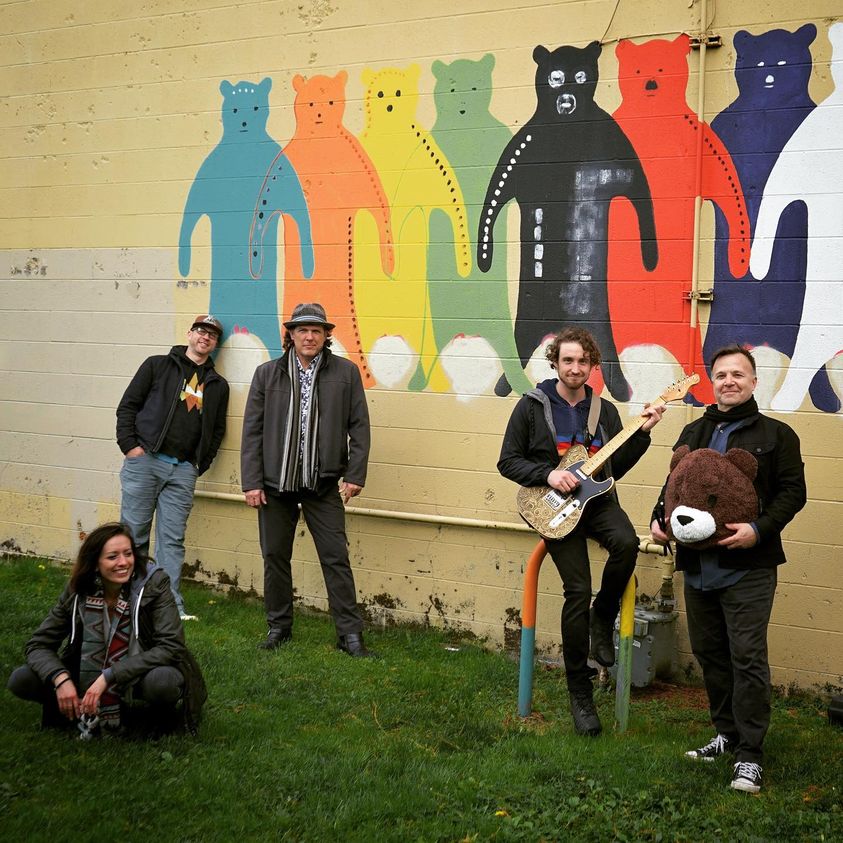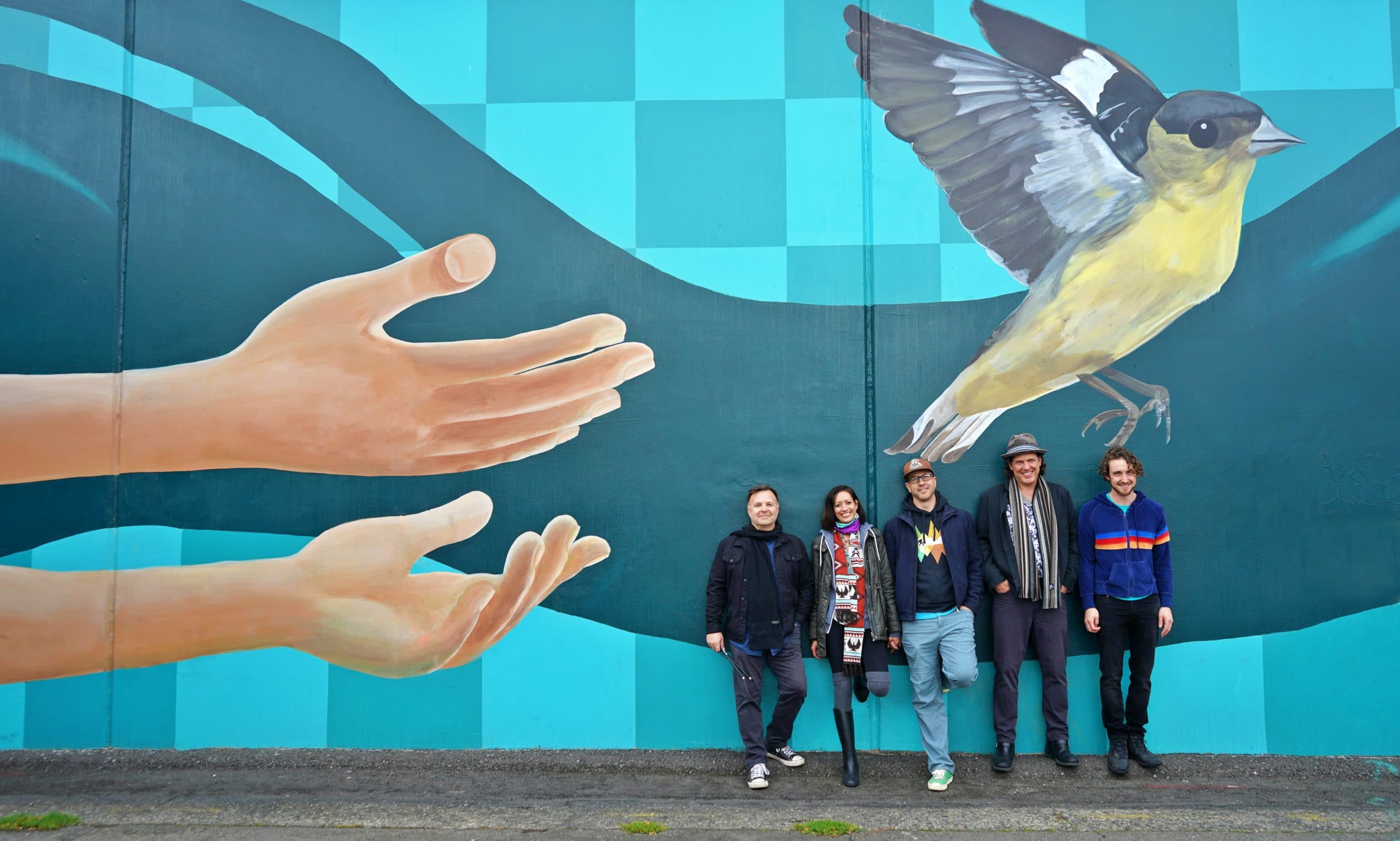A beloved statue stares into the waters off of a picturesque Copenhagen in Denmark. The figure is a beautiful mermaid mid-transformation into a two-legged human, looking out to sea with a longing gaze, perhaps contemplating her place in between the world of land and the world of the water. Or is she considering the full weight of the bargain she made to leave her old life to pursue a handsome prince on shore?
Either way, the landmark has become a symbol of Copenhagen itself. Countless photographs have been taken by tourists and citizens (hilariously including Mette Gjerskov, a Social Democrat politician whose photo of the statue was removed from Facebook temporarily due to nudity concerns).
The statue, called “The Little Mermaid” has a long history, earning its place as a point of pride with the locals. And yet, in a little over a hundred years since the statue’s unveiling, the mermaid has seen many strange and often disturbing events.
The History of the Statue
How did the Little Mermaid get there in the first place?
In 1909, the Dane Carl Jacobsen, famed during his life as a brewer and philanthropist, commissioned the statue after watching a ballet performance of The Little Mermaid — based on the short story penned by fellow Dane Hans Christian Anderson.
Entranced by the lead ballerina Ellen Price, Jacobsen hired Edvard Erikson to create the bronze statue. Erikson, a sculptor of Icelandic and Danish descent, used Price as the model for the face and his own wife as the body model — apparently the ballerina was scandalized by the idea of posing nude.
The result of Erikson’s labor was unveiled in 1913. Placed on a rock at Copenhagen’s Langelinie promenade, it soon came to represent the city and even Denmark itself. It perfectly encapsulated many features of the society: the businessman and philanthropist who funded it, the artist who sculpted it, the ballerina who posed for it, and the literary juggernaut who created the character.
Being a symbol for a proud people is an honor very few works of art ever achieve, but such a connection has its downsides. After all, what better symbolic target against the Danish state than its most coveted symbol?
The Trials and Tribulations of a Mermaid
The first fifty years went more or less swimmingly for the statue. But then came the upheaval of the sixties. Specifically, it was April 24th, 1964 when the mermaid would experience the first of its many defacements.
The Situationists, a group of left-wing intellectuals, artists, and activists, advocated for a revolution against capitalism. The Situationist International led by Guy Debord believed that mass produced culture had stultified all life. Building off of Marx’s critique of capitalism, the Situationists developed and expanded and critiqued until they came up with a working theory of late capitalism as a society of the spectacle. Life was now mediated, they said, entirely through images.
A central tactic of the Situationists was what they called detournement — changing the content of popular images into radical statements on liberation. And so, leading Danish Situationist Jørgen Nash took aim at the central image of Danish society: the Little Mermaid statue. Nash and his cadre decapitated the mermaid. The original head remains lost to time, and a new one was constructed in its place.
In July of 1984, two young men removed the statue’s arms. They returned the arms only two days later (riddled with guilt, I’m sure). Six years later, vandals attempted to remove the head but were not up to the task, resulting in a seven inch cut on her neck.
Then January 1998 came, and the mermaid suffered her second beheading. This time, the head was anonymously returned to a local television station.
But September of 2003 marks her greatest calamity. Vandals used explosives to blow the mermaid off of her perch and into the waters below, though for what purpose, no one knows.
These are the worst offenses, but many others have occurred throughout the same time period. Painting and attaching things to the mermaid is one of the most popular forms of political speech in Copenhagen, it turns out.
She’s been painted red in protest of whaling in the Faroe Islands, had a dildo attached in honor of International Women’s Day (not sure how to figure out that one), been covered in a burqa to protest Turkish immigration, and even had “Free Hong Kong” scrawled across her rock perch.
It seems that the mermaid, being so visible and visited by so many people, is the perfect medium for expression. And yet, through all of these events, the Little Mermaid is no less an icon. She has transcended from a work of art to a public forum.
In desperation, officials have tried to make access difficult by removing nearby rocks — not only for the vandalism but also the frequent groping she suffers from tourists… the things people will do.
The Mermaid’s Legacy
Without a doubt, the Little Mermaid of Denmark has produced a strange legacy. The mixture of pride and vandalism (sometimes noble, sometimes playful, sometimes despicable) that marks its century at the Langelinie promenade is sure to be matched by the century to come.
Because the mermaid’s origins are linked to the pride of Danish culture, it’s defacement can shock citizens. But each act of vandalism is itself a representation of one or another strand in Danish culture. And so, as the country changes and moves forward, so too will the acts of vandalism that are placed at the fin of the mermaid.
[mysocial]


